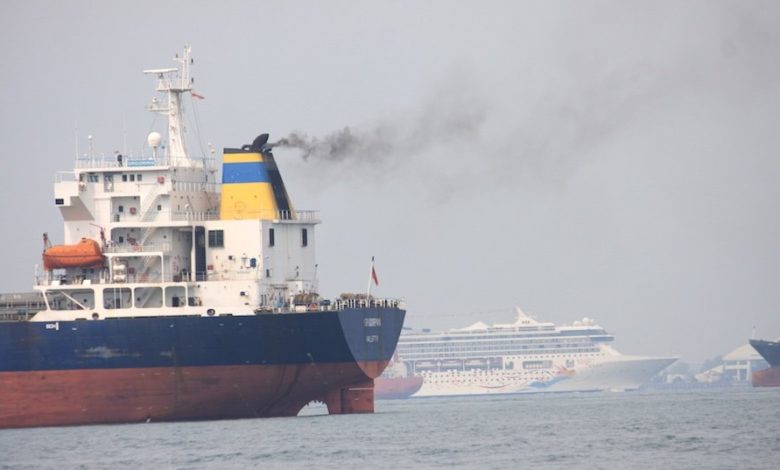High black carbon emissions from VLSFO heaps pressure on IMO

Following on from a landmark study funded by the German Environment Agency that suggests some blends of the new very low sulphur fuel oil (VLSFO) contain higher black carbon emissions than its forebear, high sulphur fuel oil (HSFO), the International Maritime Organization (IMO) is coming under pressure to ban the new fuel in Arctic waters.
“New hybrid fuels with 0.50% sulphur content used in the study contained a high proportion of aromatic compounds in a range of 70% to 95%, which resulted in increased [black carbon] emissions in a range of 10% to 85% compared to HFO,” the German study sent to the IMO claimed. The higher emissions were most noticeable when the engine was running at less than full capacity.
In the wake of the submission, which was supported by Finland, a number of NGOs are demanding the IMO takes swift action. The Clean Arctic Alliance has today called for the IMO to support an immediate switch to distillate fuels for ships in the Arctic and develop a global rule prohibiting fuels with high black carbon emissions.
“If immediate action isn’t taken by the International Maritime Organization, the shipping industry’s use of VLSFO – introduced to comply with the 2020 sulphur cap – will lead to a massive increase in black carbon emissions, and this will both accelerate the melting of Arctic sea ice and have a major impact on Earth’s climate,” said Dr Sian Prior, lead Aadvisor to the Clean Arctic Alliance.
Also demanding a fuel change today is John Maggs, senior policy advisor at Seas at Risk, who questioned how VLSFO was allowed to be created in the first place.
“There are serious questions to be answered about how these blended super pollutant Frankenstein fuels ever came to market. It beggars belief that amidst a global climate crisis, the marine fuel industry could develop these VLSFOs without knowing their effect on black carbon emissions and the climate, particularly in the Arctic – especially as the IMO has spent almost a decade considering how to reduce black carbon emissions from shipping,” Maggs said today.
The Clean Arctic Alliance has written a letter containing the following questions to representatives of the marine fuel industry who prepared the definitive guidance on the supply and use of 0.5% sulphur marine fuel, to ask if they were aware that these new low sulphur heavy fuel blends had higher aromatic content, and if they were aware of the link between higher aromatic content in fuels and higher black carbon emissions?
“If the answer to the above questions is ‘yes’, then why did you not immediately seek to halt the production of these fuels and alert the IMO?,” the NGO questioned in its letter.
The letter was sent to IACS, IBIA, IPIECA, IMarEST, IUMI, OCIMF, and the Royal Institute of Naval Architects – all of whom have consultative status to the IMO. The letter was also sent to ARA, Concawe, CIMAC and JPEC. All of the organisations are named as co-authors of of the Joint Industry Guidance on the supply and use of 0.50%-sulphur marine fuel, published in August 2019.

Once again a solution exists for this problem, it’s called MSAR emulsion fuel and is produced by Quadrise fuels, but as usual the glacial nature of the shipping industry has no idea of the novel solutions that exist out there to solve black carbon soot/ particulate matter or NOx.
Totally agree Vince. Have a look at QFI website:
https://www.quadrisefuels.com/
Now , news of bunker price spreads of hsfo and lsfo ( especially in Singapore ) is out . Which means, that low sulphur fuel oil usage will still be the preferred method for complying with the annex vI, requirements.
This news of vlsfo being more polluting than lsfo , again proves the mistakes that happen , when enough time and research is not done before implementation of a rule .